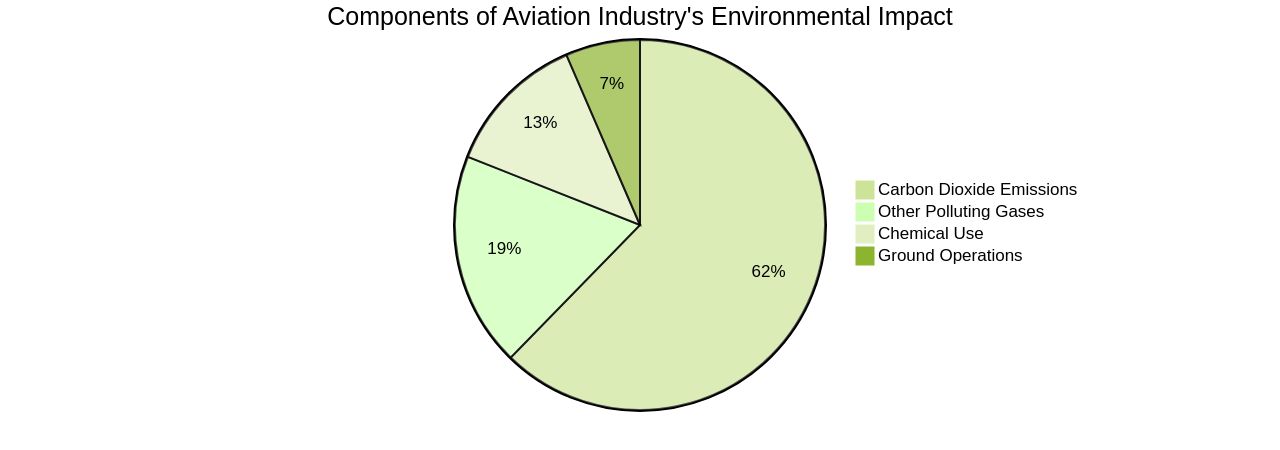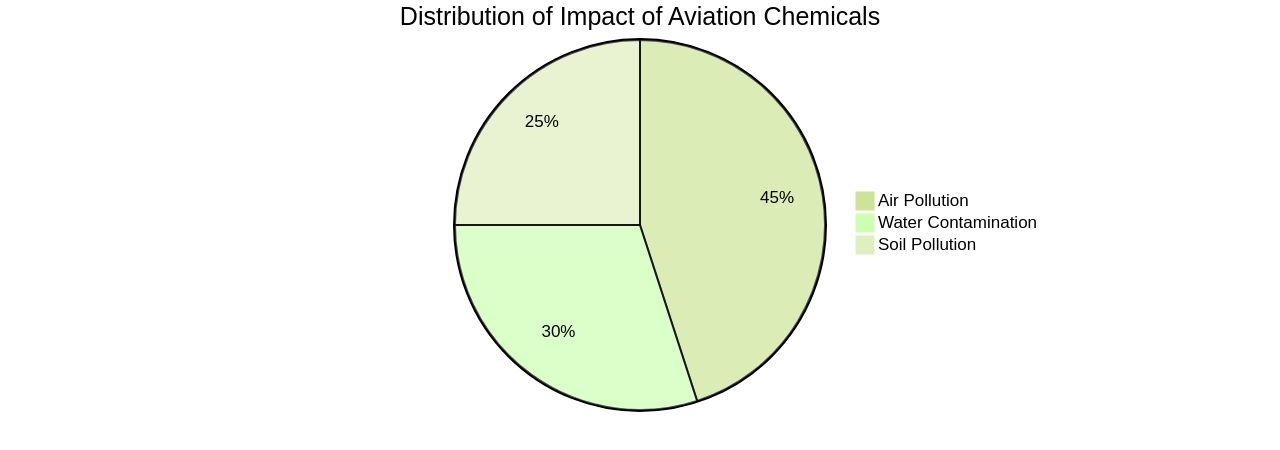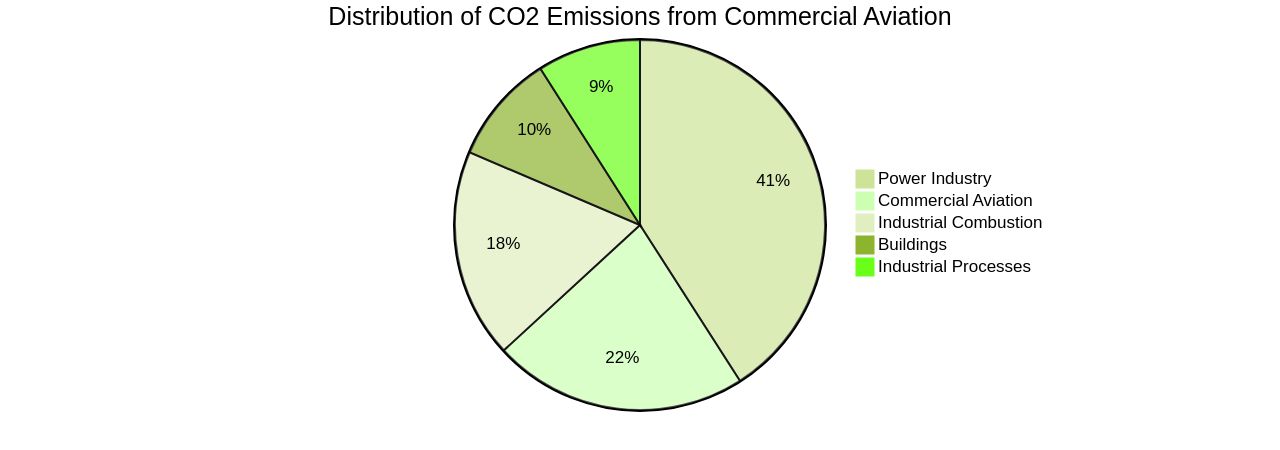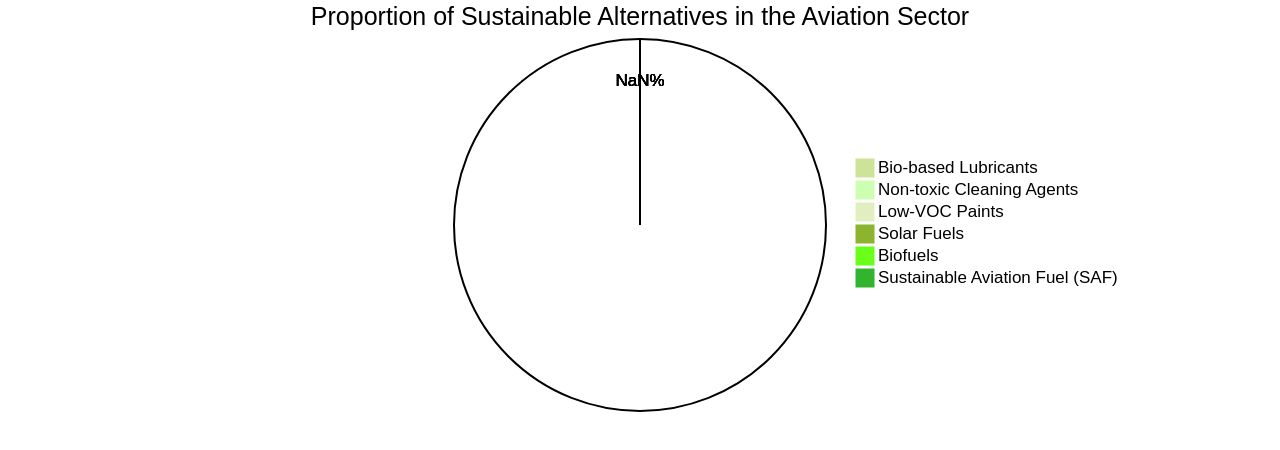Introduction
The aviation industry plays a significant role in global carbon dioxide emissions, contributing to about 2-3% of total emissions. With the average retirement age of aircraft and the environmental challenges they present, the industry is actively working towards reducing its environmental footprint.
One key area of focus is the use of chemicals in maintenance and manufacturing processes. This article explores the environmental concerns and risks associated with these chemicals, the regulations and control measures in place, and advancements in sustainable alternatives. Join us as we delve into the technical insights and analysis of the renewable fuels industry in the aviation sector.
Understanding Aircraft Chemicals
The aviation industry, integral to the global transportation system, is responsible for about 2-3% of global carbon dioxide emissions. This proportion rises to approximately 3% of all human-induced global warming when other polluting gases are factored in. With an average retirement age of 25-30 years for passenger aircraft and 30-40 years for freighters, the end-of-life phase of aircraft, often driven by safety or economic reasons, presents significant environmental challenges.
However, the industry has made strides towards achieving near-zero landfill rates during the decommissioning of aircraft, which is a commendable effort. Apart from CO2 emissions, other environmental considerations include the use of chemicals for maintenance and manufacturing processes, such as cleaning, corrosion prevention, lubrication, and fuel treatment. For instance, leaded aviation fuel used in small piston-engine aircraft, which are typically around 45-47 years old, has been linked to increased blood lead levels in surrounding communities.
The industry's environmental footprint is not limited to the physical disposal of aircraft. Ground operations at airports, including the electrification of ground support equipment and shuttle buses and improving the energy efficiency of airport buildings, also contribute to this footprint. These measures require comprehensive grid infrastructure upgrades, financial investments, technological innovation, sustainable energy sources, operational changes, training, and supportive policies.
Sustainable Aviation Fuels (SAFs), made from a wide range of sources, are being explored as a potential solution to reduce the aviation sector's environmental impact. While these alternative fuels are promising, their effectiveness depends on various factors, including the rate of fleet renewal and air traffic growth. As such, the industry's transition to SAFs and the adoption of eco-design principles, which consider environmental factors across a product's lifecycle, will play a significant role in enhancing the sector's sustainability and meeting its net-zero CO2 emissions target by 2050.

Environmental Concerns and Risks
The ecological implications of aviation chemicals are widespread and grave. These chemicals not only contribute to air pollution but also contaminate water and soil.
The emission of volatile organic compounds during their application and utilization can lead to the creation of ground-level ozone, a harmful air pollutant. Moreover, accidental spills or improper disposal can pollute aquatic bodies, threatening aquatic ecosystems.
Concerns about these issues are underscored by recent studies. For example, a boat fuel component derived from waste plastic received approval from the Environmental Protection Agency (EPA), despite the risk formula indicating an extraordinary hazard level.
This threat level was found to be a million times higher than what the agency usually considers acceptable for new chemicals. In another instance, the risk from a jet fuel was so potent that one out of four people exposed to it over a lifetime could develop cancer.
The urgency to address these issues is highlighted by recent revelations that aviation pollution increases annually, affecting millions of people worldwide. In metropolises such as London, Tokyo, and Dubai, pollutants emitted by air traffic equate to those emitted by millions of vehicles. These pollutants include dangerous nitrogen oxides and particulate matter. Hence, the impact of aviation chemicals stretches far beyond immediate operational environments, demanding urgent and comprehensive action. ! Impact Distribution of Aviation Chemicals

Regulations and Control Measures
The aviation industry is grappling with the challenge of reducing its environmental footprint in response to increasing climate awareness. Annually, commercial aviation contributes 2% to 3% of global carbon dioxide (CO2) emissions, equivalent to 915 million metric tons of CO2 or enough to fill 366,000 Olympic-sized swimming pools. Consequently, the sector has been exploring alternative fuels and propulsion systems, and adopting sustainable practices to cut down greenhouse gas emissions.
Regulatory bodies have introduced guidelines and controls aimed at reducing the reliance on harmful chemicals and promoting eco-friendly alternatives. These guidelines also address the proper management, storage, and disposal of chemicals. Airlines and maintenance facilities are required to comply with these regulations, with a wide range of stakeholders contributing to their development and refinement.
The 'precautionary principle' is gaining traction in the industry, requiring proof of a chemical's safety prior to its use. This approach demands rigorous environmental and safety standards, and policy frameworks based on evidence. It also calls for making polluters accountable and eliminating environmentally harmful subsidies.
The aviation safety is a shared responsibility among industry organizations, governments, and airline operators. For example, Boeing collaborates with these entities to enhance safety within the global air transportation system. The Commercial Aviation Safety Team (CAST), which includes representatives from airlines, manufacturers, labor, and government, is dedicated to preventing accidents and ensuring their non-recurrence.
In the quest for aviation sustainability, the end-of-life phase of an aircraft is also a critical consideration. The average retirement age for passenger aircraft is 25-30 years, and 30-40 years for freighters. With an average of 650 commercial aircraft retired annually worldwide in the past decade, and over 30% of Europe's current fleet expected to retire in the next decade, maximizing the value of decommissioned aircraft is integral to the industry's sustainability efforts.

Advancements in Sustainable Alternatives
The aviation sector, responsible for 2-3% of global CO2 emissions, is steadily transitioning to sustainable alternatives to traditional aircraft chemicals. The aim is to mitigate environmental impacts while maintaining safety and efficiency. Innovations such as bio-based lubricants, non-toxic cleaning agents, and low-VOC paints are gradually replacing conventional options.
Technological advancements have also led to the creation of efficient and eco-friendly chemical application methods, thus reducing overall chemical usage. The exploration of alternative fuels like Solar and biofuels, especially those derived from algae, is a focal point. Algae biofuels, known for their swift growth and high yield, do not compete with food crops for land and can be produced in varied environments, including non-arable land and wastewater.
These biofuels have the potential to drastically lower carbon emissions as they are chemically similar to conventional jet fuel, making them compatible with existing aircraft engines without modifications. Alongside alternative fuels, the industry is finding ways to optimize flight schedules and engine settings to further diminish emissions. Balancing air quality impacts, CO2 emissions reduction, and passenger satisfaction is a complicated task.
Furthermore, the industry is making considerable progress in the use of sustainable aviation fuel (SAF), with several airlines conducting tests using 100% SAF. This offers a viable solution to decarbonize global aviation as it can be a 'drop-in' solution, requiring minimal modifications to existing aircraft fleets, airports, and fueling infrastructure. A notable advancement in this realm is the use of flexiforming technology offered by Unifuel.tech.
Deployable in an idle hydrotreater or reformer, this technology allows operators to choose their speed of decarbonization, reducing capital expenditure and carbon intensity. In essence, the aviation industry is actively exploring multiple strategies, from alternative fuels and efficient chemical application methods to operational changes and technological innovations like flexiforming. The goal is to reach the industry's climate target of achieving net-zero carbon dioxide emissions by 2050.

Conclusion
In conclusion, the aviation industry is taking significant steps to reduce its environmental impact and achieve sustainability goals. The use of chemicals in maintenance and manufacturing processes has been a major concern, with potential risks to air, water, and soil quality. Regulations and control measures have been implemented to promote eco-friendly alternatives and ensure proper management and disposal of chemicals.
The industry is also exploring advancements in sustainable alternatives, such as bio-based lubricants, non-toxic cleaning agents, low-VOC paints, and alternative fuels like algae-derived biofuels. These innovations aim to minimize carbon emissions while maintaining safety and efficiency. With the goal of achieving net-zero carbon dioxide emissions by 2050, the aviation sector is committed to continuous improvement and technological innovation in pursuit of a more sustainable future.




